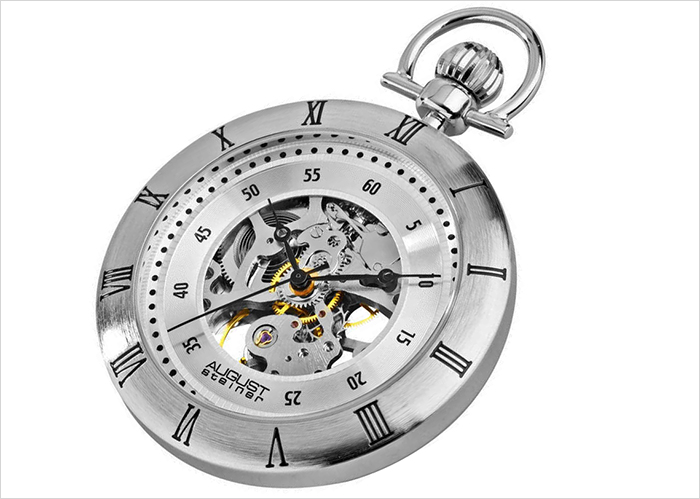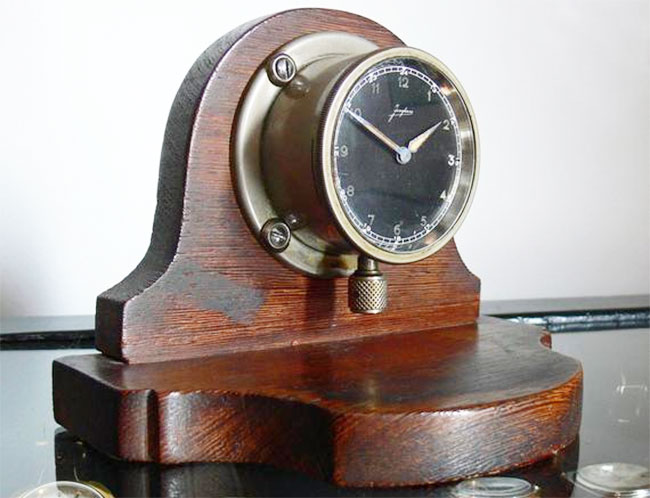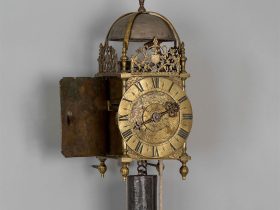Are you fascinated by the intricate artistry and design of antique timepieces?
In this article you will learn about French clocks, the most elegantly designed time tellers. Read on as we provide most of the necessary info on French antique clocks.
French clock making history
France started to make and produce clocks in the 17th century. Provided with the abundance of both materials and skills; antique French clocks made its prominent mark in the clock making industry.
French clocks under Louis XIV (1643 – 1715)
Antique French clocks under the reign of Louis XIV (Palace of Versailles) were influenced by the king’s fondness for intricate designs, ornate, and gilded styling.
His standards on opulence were adapted onto the timepieces and created 2 general styles of the early French clocks:
• French boulle clock – features rich ormolu (gilt bronze) decorations cased in tortoiseshell and inlaid with a combination of brass, pewter, porcelain, and ivory.
• French religieuse clock – refers to a clock with brass and pewter overlays set in rectangular ebony veneer and oak cases. They also follow the style of the tortoiseshell case with ormolu mounts.
Majority of these clocks had a dome (arched top) that was inspired by the English bracket clocks’ design.
French clocks in the Regency Period (1715 – 1723)
This period popularized balloon shaped French clocks that were carved in wood, marquetry, bronze and were usually placed on wall brackets.
During the Regency period:
– French bracket clocks which had been popular the century before came back into prominence.
– French long case clocks remained in demand. Their designs resembled a table clock perched on an elaborate stand.
French clocks under Louis XVI (1750 – 1790)
This was considered the greatest period for French clocks.
During Louis XVI reign, French clockmakers produced large numbers of highly accurate regulator clocks. French regulator clocks had long cases, glass doors to cover the pendulum, and a bronze headdress on top.
This was also the period when statuary (statues) became the focal point of a clock’s design, especially on table mantel clocks. All figures were cast in full detail from front to back. The statues were in the form of bronze and gilded figures and had classical Greek and Roman themes.
French cartel clocks came into prominence during this era. Another famous clock design of this period was the urn or the vase shaped clock, commonly known as novelty clocks.
French clocks in the Empire Period (1799 – 1815)
Earlier clock making traditions continued in the designs of antique French clocks during the Empire period.
Ormolu clocks remained popular, classical Greek and Roman figures, ornamentation of vases and lyres graced the designs of many table clocks.
Wall regulators have been a favored clock style across many countries and cultures and remained in France as well.
French clocks in the 1800’s
French clocks began to venture into the gothic styling of timepieces; clock cases took the shapes similar to gothic cathedrals.
They also started producing accurate skeleton clocks; a unique timepiece with its inside mechanism exposed under a glass dome, protecting it from dust and dirt.
It was also in 1800s that 3-dimensional animated scene clocks were introduced. Favored themes included windmills with turning blades, blacksmith at a forge, trains and sailing ships.
These designs were particularly popular from 1850 – 1870 and were usually made of cardboard, sometimes iron, and some even featured a music box.
French clocks in the 20th century
Antique French clocks at the turn of the 20th century were inspired by the aesthetics of Art Nouveau, Arts and Crafts, and the Art Deco designs.
Art Deco French clocks are made with a variety of materials including onyx, marble, glass, and chrome.
They had Bronze human forms from myth and history as well as animal figures.
Famous French clockmakers
Pierre Le Roy (1714 1785)
– Invented and developed the foundations of the modern chronometer namely; the detent escapement, temperature-compensated balance and the isochronous balance spring.
Ferdinand Berthoud (1727 – 1807)
– French horologist who created a number of marine clocks based on the previous instruments constructed by Pierre Le Roy of France and John Harrison of England.
Abraham-Louis Brequet (1747-1823)
– Undoubtedly the most famous French clock maker. Born in Neuchâtel, Switzerland, he was a Swiss horologist who established his career in France.
– Brequet was responsible for the invention of different escapement methods including the tourbillion, re-winding mechanism, and the overcoil.
Frederick Japy (1749 – 1812) – leading French clockmaker of the 19th century.
Henri Jacot – one of the leading makers of French carriage clocks. His famous works are done in engraved brass cases decorated with spiraled columns, beveled glass, and porcelain dials.
Other famous French horologists include the names of Alibert (1820), A. H. Cie (1880 – 1910), and Linden.
Antique French clock styles and designs
French antique clocks are famed for their impressive and elaborate designs. Their highly artistic and unique styles are considered by clock collectors as the essence of the French timepieces.
French long case clocks
They can be easily distinguished thru their graceful round tops surrounding the dial and elegantly shaped case.
Many of these cases were adorned with ormolu decoration and marquetry inlay. Dials are mostly silvered, has a protective glass cover and has a brass bezel.
This particular shape of a grandfather clock is known as Morbier or Morez, which was made in the French region, Franche-Comte. Its production began in 1680 which lasted for about 230 years.
French skeleton clocks
Dates from the late 1870’s, skeleton clocks are relatively rare because of its limited production.
French skeleton clocks usually have stands on a wooden or marble base, extra dial are often found showing minutes, day, and date. They have generally white enamel finish.
French cartel clocks
This is one strikingly different clock that the French produced from 1750 onwards.
Old French cartel clocks are extremely ornate version of wall clocks. They are made of gilded brass case, curvy, flowing lines, enamel dial and runs on a spring driven movement.
French cartel clocks are also referred to as Rococo style clocks that had 8-day duration and may strike at hours or quarter hours. They can be easily defined by their exquisite case decorations, flowers, figurines, scrolls, and foliage.
The back part of a French cartel clock is always unfinished and quite rough looking. Its clock hands are highly ornate with delicately cut brass finishing.
French mantel clocks
The first examples of mantle clocks were made in France around 1750-1760. French mantel clocks are similar to bracket clocks but were smaller and were developed from French regency bracket clocks.
In 1835, it became customary to accompany mantle clocks with a pair of matching ornaments which continued to become popular throughout the 19th century.
French bracket clocks
Early French bracket clocks can be distinguished from their English counterparts through:
• Elaborate designs
• Choice of movement (uses Verge escapement over the English fusee)
Antique French bracket clocks have protective covers made from ivory, cloth, leather, and glass.
Metal finishing was also applied to many bracket clock cases and includes the use of brass, gold, gilded bronze and silver. 19th century bracket clocks used marble as a base or stand.











Leave a Reply